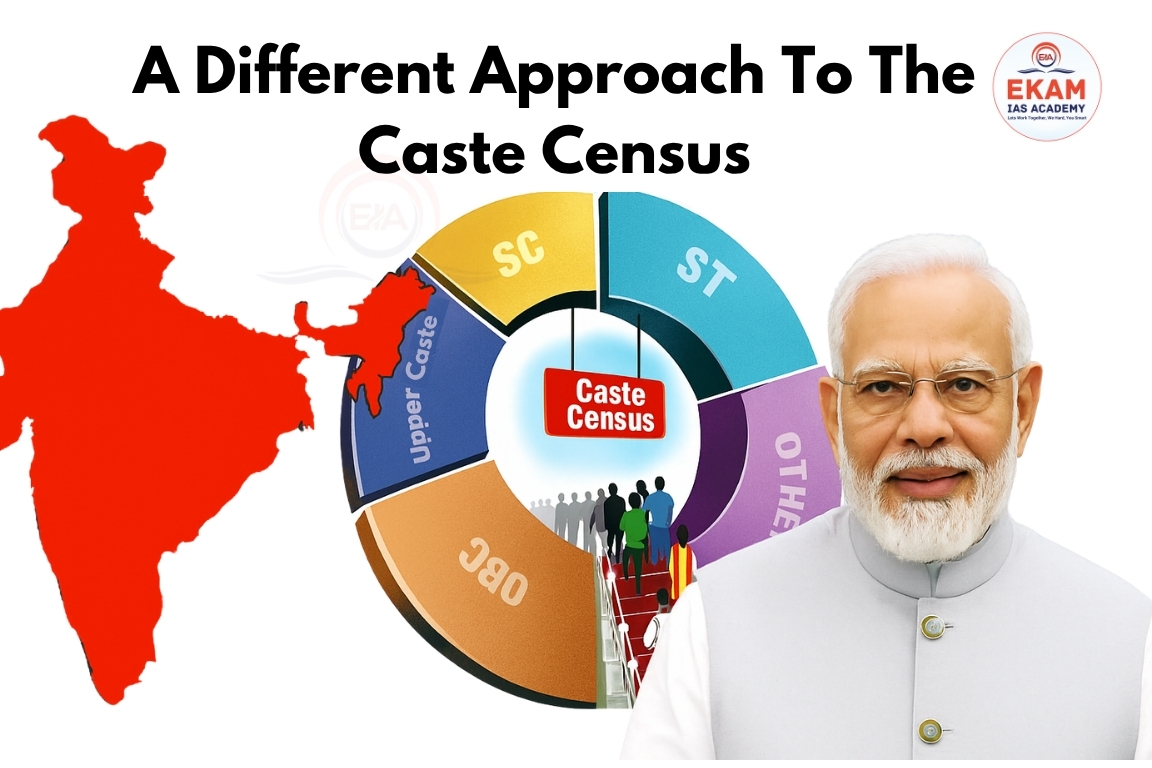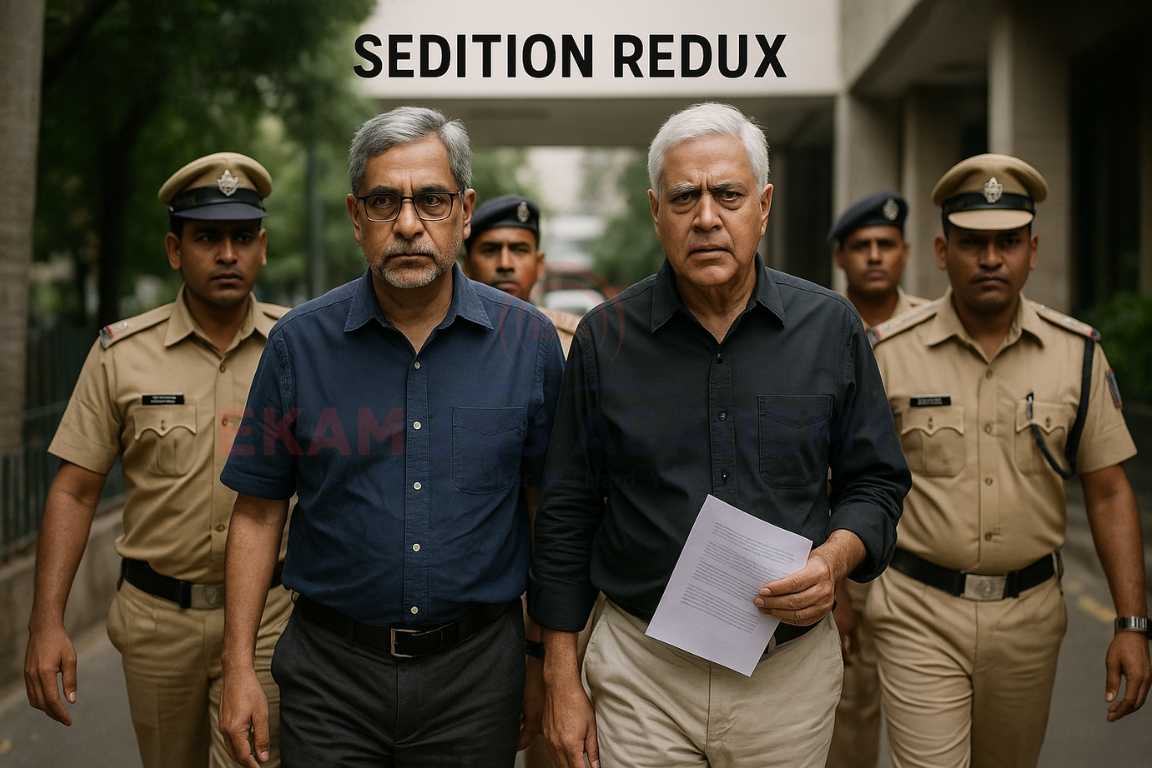The Union Cabinet has approved caste-based data collection in the next national Census. This move follows state-level surveys in Bihar (2023) and Telangana (2025), which revealed deep-rooted social imbalances.
Background of the issue:
- Caste has been a key factor in access to education, jobs, housing, and welfare.
- Yet, India has not had an official caste census since 1931, limiting the ability to plan inclusive development.
- Past attempts like the 2011 SECC were flawed and not officially released.
State Surveys
- Bihar’s 2023 survey:
- OBCs + EBCs form over 63% of the population.
- SCs: 19.65%, STs: 1.68%, General category: 15.52%.
- Around 34% of families earn below ₹200/day, with SCs worse affected.
- Telangana’s 2025 survey:
- BCs: 56.33%, with BC Muslims forming 10.08%.
- These data highlight that marginalised communities form the majority but remain underrepresented in public institutions.
Need for Reliable Caste Data
- In Central Universities:
- Only 4% of professors are OBCs.
- 85% belong to the General category.
- Lack of caste data hinders the implementation of reservation and welfare policies effectively.
What is a Social Management Approach?
- Unlike top-down welfare that assumes “one-size-fits-all,” this method:
- Starts with accurate data on caste and need.
- Targets policies based on historic disadvantage.
- Treats caste as a planning variable, not a taboo.
- Tamil Nadu and Karnataka use such methods to adjust policies on scholarships, reservations, and budgets.
Global Examples
- USA records race/ethnicity data in its Census.
- South Africa and Brazil collect data on language, race, and ethnicity for inclusive policies.
- These examples show how identity data can be used to correct inequalities, not worsen them.
Democratic Value of the Caste Census
- Promotes transparency and accountability.
- Helps track welfare delivery by caste.
- Can reveal elite capture within caste groups.
- Supports social justice movements for land, housing, labour rights, and gender equity.
Conclusion
A caste census is not about dividing society, but about recognising systemic gaps and using data to build a fairer, more inclusive nation.





